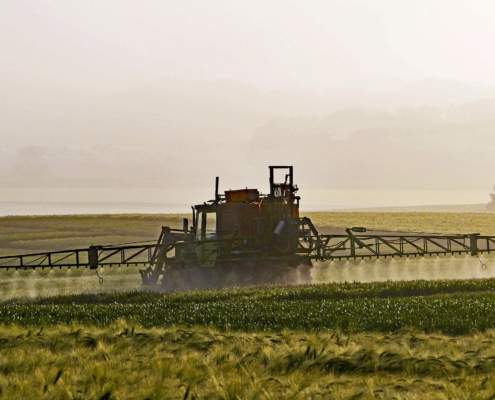 https://regenerationinternational.org/wp-content/uploads/Glyphosate-scaled.jpeg
1468
2560
paco
https://regenerationinternational.org/wp-content/uploads/2018/10/RI-Logo-New.png
paco2024-04-24 12:01:222024-04-24 12:42:02The Demand Is Clear: Mexico Should Not Postpone the Ban on Glyphosate and GMOs
https://regenerationinternational.org/wp-content/uploads/Glyphosate-scaled.jpeg
1468
2560
paco
https://regenerationinternational.org/wp-content/uploads/2018/10/RI-Logo-New.png
paco2024-04-24 12:01:222024-04-24 12:42:02The Demand Is Clear: Mexico Should Not Postpone the Ban on Glyphosate and GMOs https://regenerationinternational.org/wp-content/uploads/Glyphosate-scaled.jpeg
1468
2560
paco
https://regenerationinternational.org/wp-content/uploads/2018/10/RI-Logo-New.png
paco2024-04-24 12:01:222024-04-24 12:42:02The Demand Is Clear: Mexico Should Not Postpone the Ban on Glyphosate and GMOs
https://regenerationinternational.org/wp-content/uploads/Glyphosate-scaled.jpeg
1468
2560
paco
https://regenerationinternational.org/wp-content/uploads/2018/10/RI-Logo-New.png
paco2024-04-24 12:01:222024-04-24 12:42:02The Demand Is Clear: Mexico Should Not Postpone the Ban on Glyphosate and GMOs
Vital for Looking After the Soil’: Fears As UK Earthworm Population Declines
In 2019, 15,000 children from primary schools across the UK went out to their local playing field. Instead of kicking a ball around, they dug up worms, looked out for birds, and counted them both.

Restoration Is Possible: The Hunt for Scotland’s Ancient Wild Pinewoods
Trees for Life and Woodland Trust Scotland hope to revive remote pockets of forgotten forest before they vanish
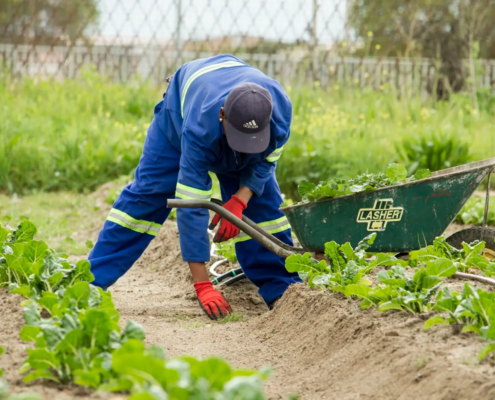
We Need to Act Now on Regenerative Agriculture
William Kendall tells Speciality Food farming in a way that’s better for people, wildlife and soil health is critical to the future of our edible landscape

The Miyawaki Method: Imagining a Mini-Forest’s Potential
Want to witness the magic of the mini-forest? When you practice The Miyawaki Method, a unique approach to reforestation, you’ll see an empty lot or backyard transform into a biodiverse forest before your very eyes.
The following is an excerpt from Mini-Forest Revolution by Hannah Lewis. It has been adapted for the web.

Defining “Regenerative Agriculture” in California
At the start of this year, the California Department of Food and Agriculture (CDFA) established a Regenerative Agriculture Work Group to assist the State Board of Food and Agriculture in defining “Regenerative Agriculture.” We submitted the letter below as our public comment on the matter to represent how we believe the term should be defined.
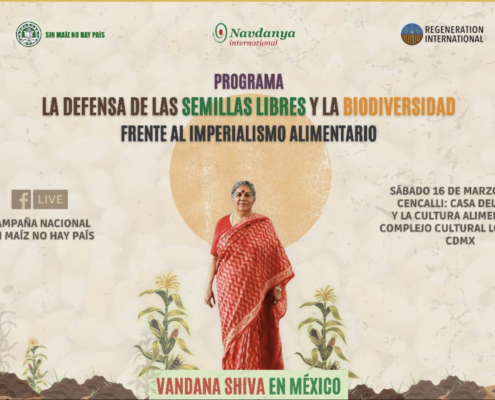
Dr. Vandana Shiva and Regeneration International Support Mexico
Dr. Vandana Shiva was the keynote speaker at two events on March 15 and 16 in Mexico City in support of the Mexican Government’s stand against glyphosate and GMO Maize.
Regeneration International was one of the organizers of these events in partnership with Navdanya International, the Organic Consumers Association, Via Organica, and Sin Maiz No Pais.

European Food Innovation Alliance Launches €30M Regenerative Agriculture Initiative
A coalition of food innovation organisations in Europe has recently unveiled the Regenerative Innovation Portfolio, a €30 million initiative aimed at advancing regenerative agriculture practices across the continent.

Agroforestry project sows seeds of hope in drought-hit Honduras
Ivis Rene Cabrera no longer gazes up at the sky in hopes of rain to irrigate his field. He’s come to expect the long dry spells as northwestern Honduras grapples with increasingly longer periods of drought during the dry season.
Now, he and the rest of the Indigenous Tolupan community’s gaze is to the ground. Their hope lies in an agroecology project to revive the harvests on their typically fertile lands.

Everglades to Gulf Conservation Area Founded with Seven Acres Donated by Paul Gray
In March of 2024, the “Everglades to Gulf Conservation Area” became the newest unit in the National Wildlife Refuge system. As the 4-million-acre conservation area is protected with acquisitions, easements, and landowner incentive programs, it will protect wildlife corridors, enhance access to outdoor recreation, and bolster climate resilience. We chatted with Dr. Gray to learn more about his hopes for conservation in the region.

Vineyards Are Laying the Groundwork for a Regenerative Farm Future
On a cold, rainy day in late February, it’s hard to picture the bunches of juicy cabernet and chardonnay grapes that will decorate the Vineyards at Dodon’s neat rows of gnarled vines come summer, the fruit ripening in the hot sun.
But even during these dormant months, across 17 rolling acres just 30 miles east of Washington, D.C., the landscape is filled with life.
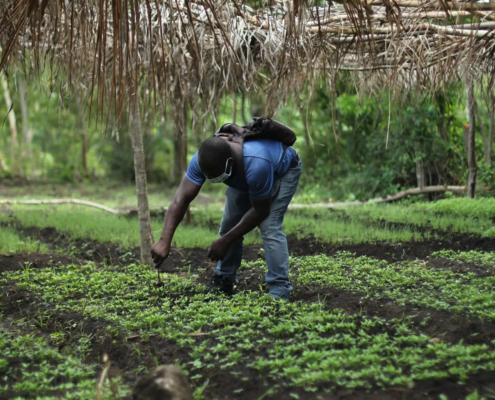
Regenerative Agriculture: A New Value Proposition for Kenya’s Coffee Sector
Regenerative agricultural approaches can empower Kenyan farmers to position coffee in the context of global demand and regulations relating to sustainable production, fair trade, healthy and safe diets.
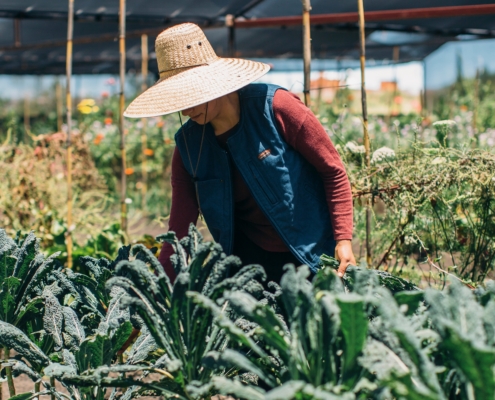
Report Calls for Agroecological Rethink of Africa’s Food Amid $61b Industrial Plan
Civil society groups have criticized a new $61 billion initiative to industrialize African food systems, calling the plan a “significant threat to small-scale farmers.” The groups, under the Alliance for Food Sovereignty in Africa (AFSA), say the initiative by the African Development Bank (AfDB) will marginalize smallholders through its one-size-fits-all approach, increase dependency on multinational corporations for seeds and agrochemicals, and lead to the loss of land and biodiversity.
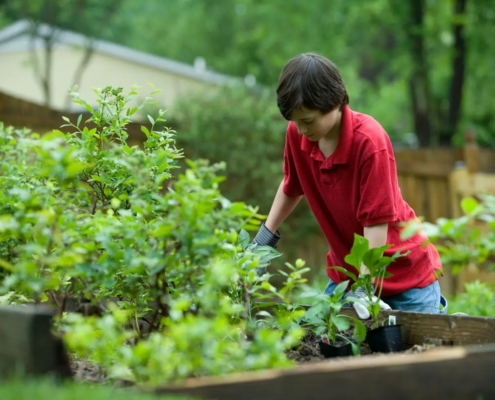
Transforming Agriculture: Inaugural EU Carbon Farming Summit Breaks Ground for Climate-Resilient Practices
As global environmental challenges intensify and the calls for sustainable agricultural solutions grow louder, the first EU Carbon Farming Summit prepares to welcome experts, innovators, and thought leaders from across Europe to discuss innovation and opportunities for carbon farming.

Report calls for agroecological rethink of Africa’s food amid $61b industrial plan
Civil society groups have criticized a new $61 billion initiative to industrialize African food systems, calling the plan a “significant threat to small-scale farmers.” The groups, under the Alliance for Food Sovereignty in Africa (AFSA), say the initiative by the African Development Bank (AfDB) will marginalize smallholders through its one-size-fits-all approach, increase dependency on multinational corporations for seeds and agrochemicals, and lead to the loss of land and biodiversity.
All charitable donations are deductible to the full extent allowed by the law.
+1 952-777-3239
© 2019 Regeneration International
